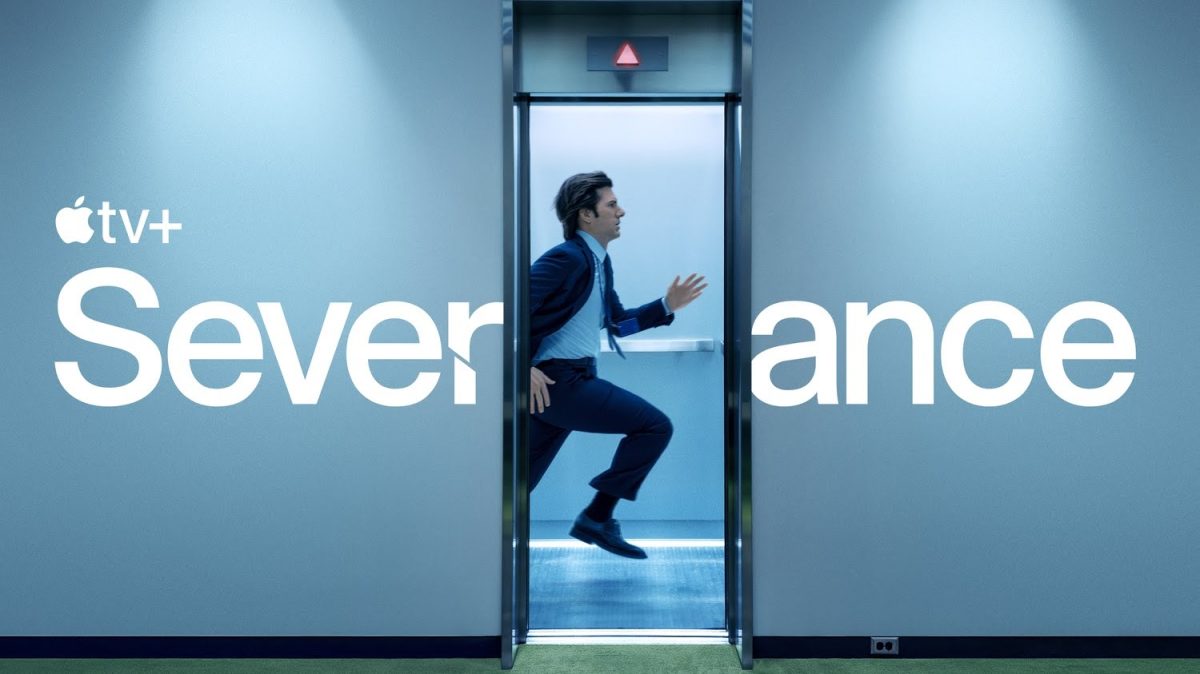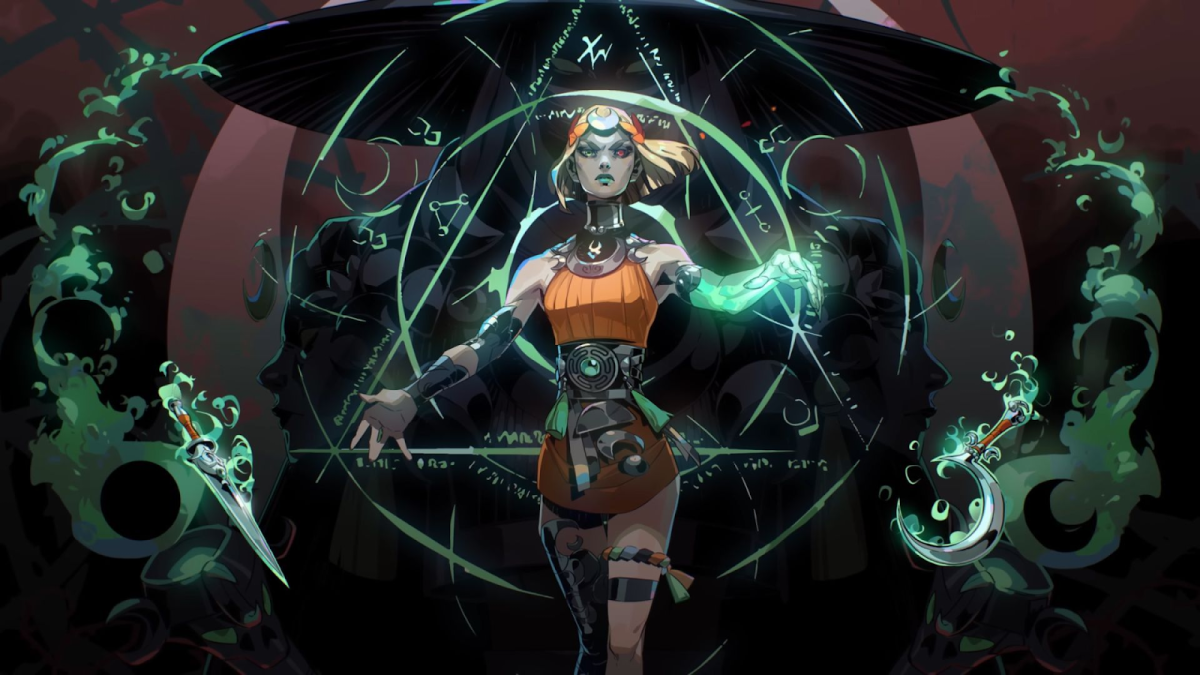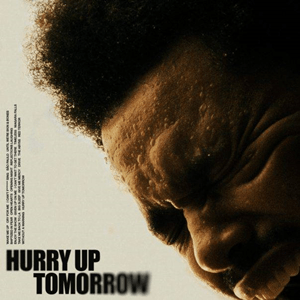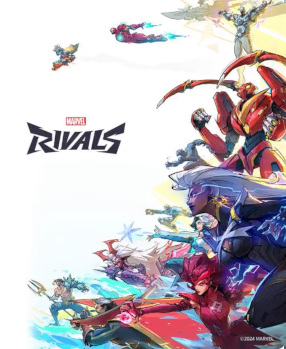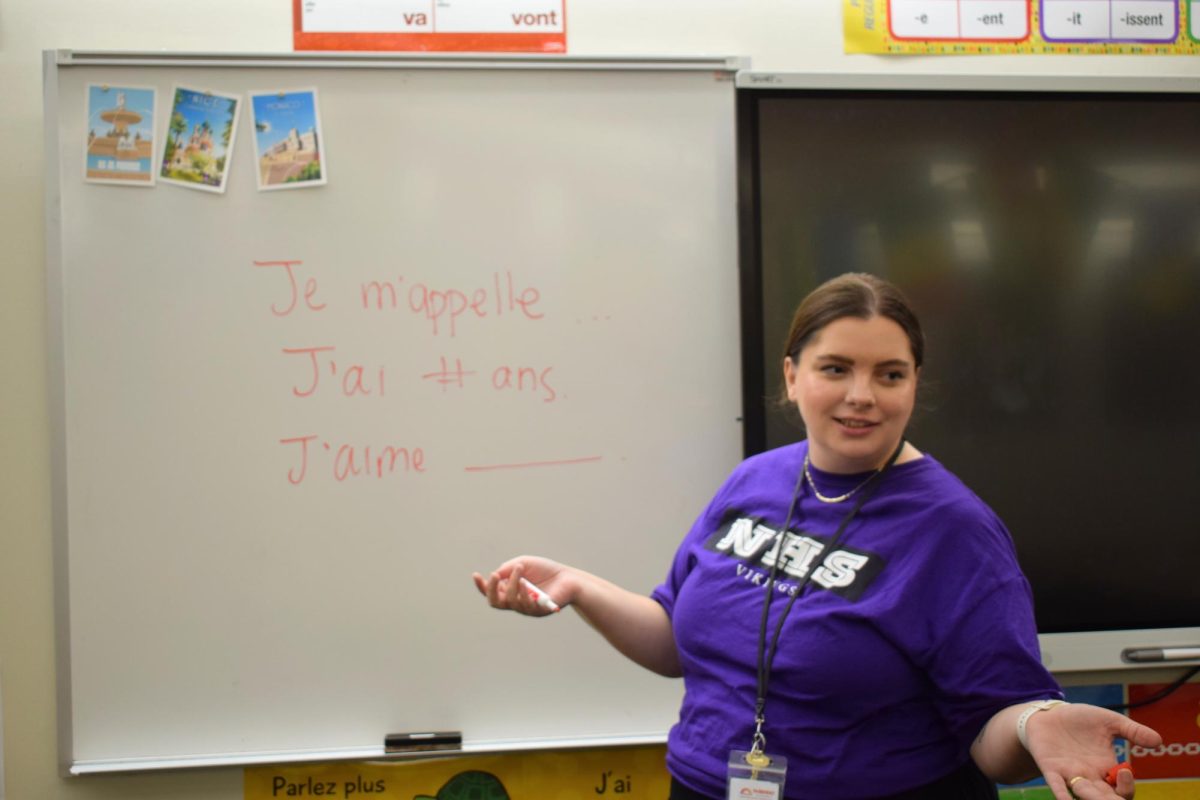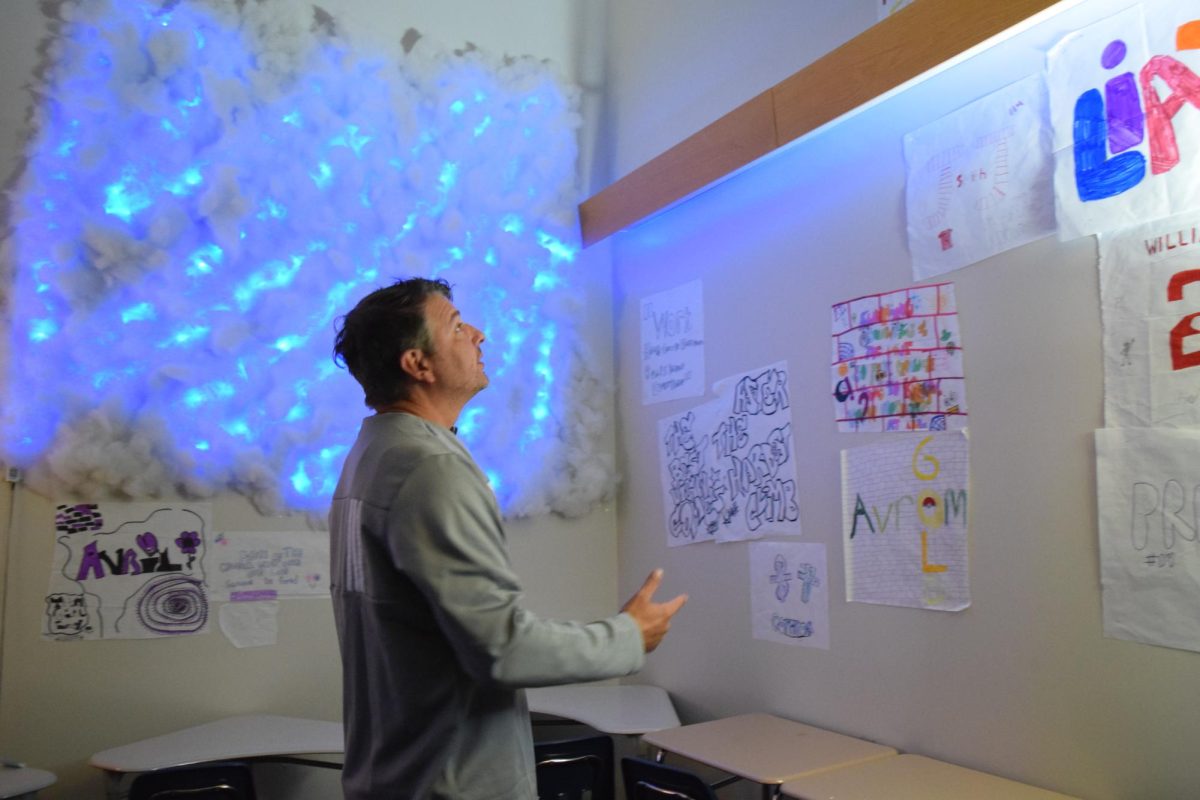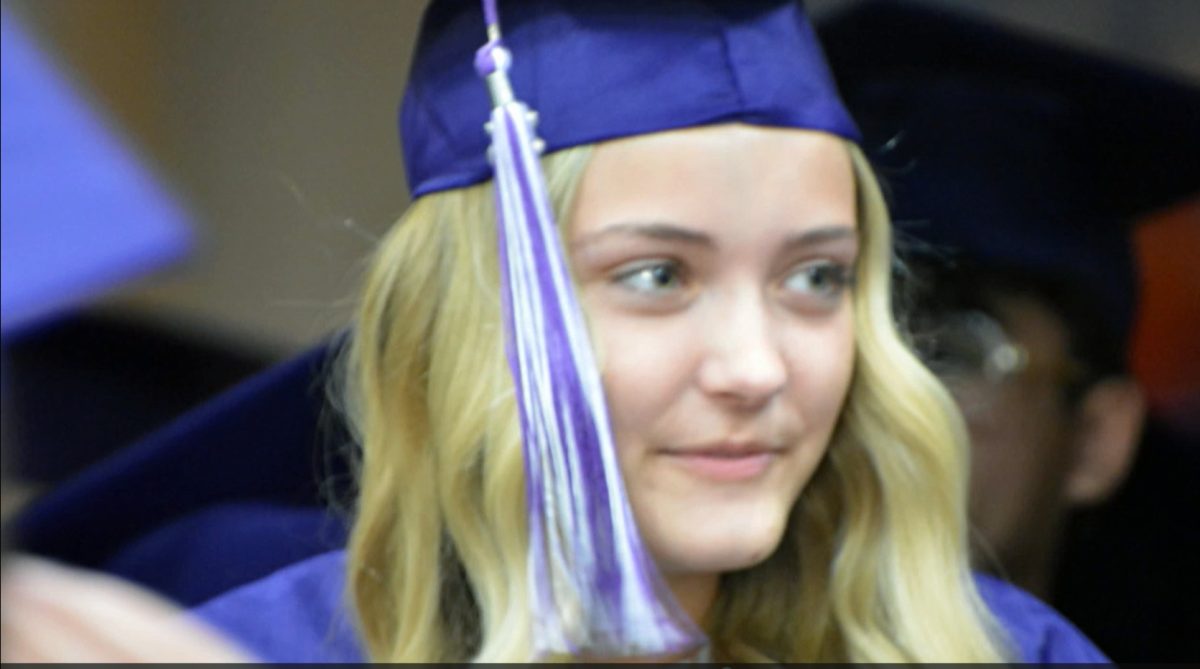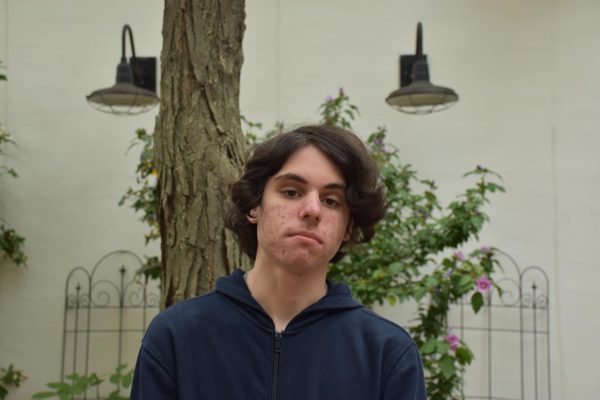Apple TV’s psychological horror and workplace drama “Severance,” helmed by Ben Stiller and written by Dan Erickson, first premiered in February of 2022 to immediate praise. The show’s storytelling, commentary, and creative cinematography made the show a smash hit among fans and critics. The show’s first season was nominated for several Emmy awards, and won two. It holds an incredibly high score on several review platforms, with a 96% on Rotten Tomatoes. It was renewed for a season two, which, after three years of anticipation, premiered on Jan. 17, 2025.
“Severance” isn’t just the name of the show, but is also the primary concept that drives it. The show follows several characters, primarily Mark Scout (Adam Scott), Helly R. (Britt Lower), and a large supporting cast, working at (or living around) Lumon Industries, a mysterious corporation that developed the Severance procedure, a procedure that separates the memories of their employees inside and outside of work, essentially causing them to become two people: Lumon employees who work on the severed floor, referred to as “innies”, and their outside lives, referred to as “outies.” The show looks at what life would be like as an innie, who is basically an entirely new person created when the Severance procedure is done, and an outie, who doesn’t remember anything that happens at work. The show doesn’t just use this to explore the dynamics of severed characters, but also as an exploration and criticism of life as an employee of a major corporation.
Where season one of “Severance” set up the characters and current world surrounding Lumon, season two puts much more of an emphasis on the lore of the world, the strange cult-ish aspects of Lumon, and the background of multiple characters who were less explained in season one.
It’s difficult to pinpoint a single biggest strength of “Severance,” as the show does so much right. The writing, especially the character writing, is phenomenal. For a show whose characters are essentially two different characters, it manages to balance them and their dynamics exceptionally. Almost every character, including both their innie and outie form, is explored deeply. Their personalities are all clear, yet detailed, and the innie all develop extensively from their relatively blank forms at the beginning of Season 1.
“Severance” isn’t just phenomenal in its writing. Its visuals are some of the best in modern television, with some claiming it to have some of the best in any television. The show uses lighting and camera work masterfully. Seemingly inspired by Lars Tunbjörk’s photo book “Office,” the lighting and cinematography within the Lumon offices is tight, and eerily-sterile, and combined with the retro-futuristic vibes, it makes for perfect visuals. To contrast the sterile, unnatural, and oppressive environments at Lumon, the outie world is more natural and often makes use of more ambience.

Season two, episode seven, titled “Chikai Bardo,” is especially fascinating in terms of its visuals. The episode is actually the directorial debut for the show’s cinematographer, Jessica Lee Gagné, who is also to compliment for the shows phenomenal lighting. It includes some of the show’s best use of unique camera work, with an especially strong shot mid-way through it. The finale episode, “Cold Harbor,” is also subject to phenomenal visuals and camerawork; it makes especially good use of lighting, with use of cold blues and deep reds. It also features an incredibly goofy, yet well-written and directed bit in the middle of it. “Cold Harbor” ends on an incredibly emotional note that leaves the show open for season three quite well, while still tying up the main plot point of the season.
On top of the stellar writing and directing, the show’s casting and acting are excellent. Adam Scott has been highly praised for his performance in the show, with his ability to navigate the two vastly different sides of Mark incredibly well. Tramell Tillman, a newer actor on the scene, has also received immense love for his acting as Seth Milchick, who got a ton of development since Season one, with his character being used to tell an explorative story about how minorities, especially black people, with high-up positions in the workplace, are treated. Dichen Lachman, whose character is revealed in a twist in season one, sees much more depth than season one as well, with season two putting a heavy emphasis on her story and background. The other supporting cast, comprised of Irving B.(John Turturro), Dylan G. (Zach Cherry), Devon Scout (Jen Tullock), and Harmony Cobel (Patricia Arquette) see their own developments as well, especially Dylan G. and Cobel, with phenomenal performances to support.
On the day of the finale, following a few posts from Apple, Ben Stiller, and Tim Cook himself, the renewal for season three was announced, despite concerns that the show wouldn’t receive a season three due to some financial reports regarding Apple TV.
Overall, the second season of Apple TV’s “Severance” is some of the best television in recent years. From its deep characters, unique world, and masterful visuals, very little falls short in this show. Everything feels intentional, well-thought-out, and well-executed. Apple TV and Ben Stiller’s “Severance” season two is a 9.5/10.


